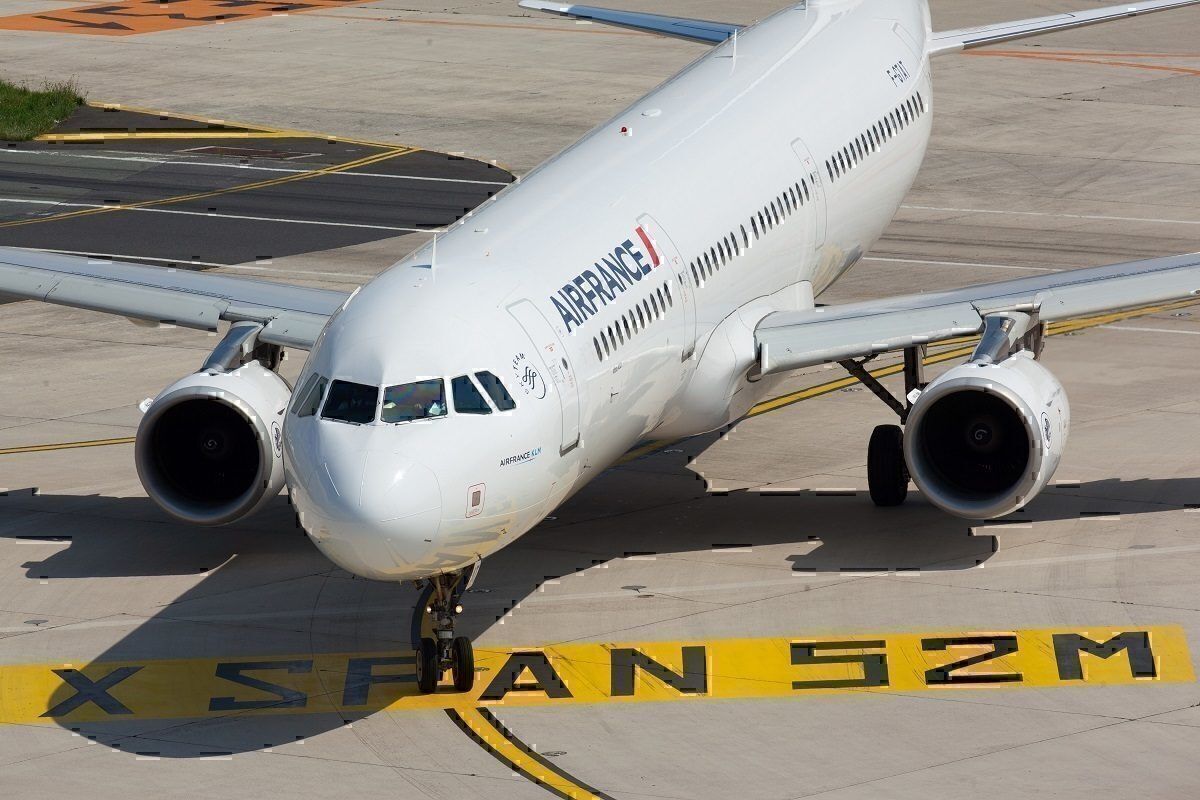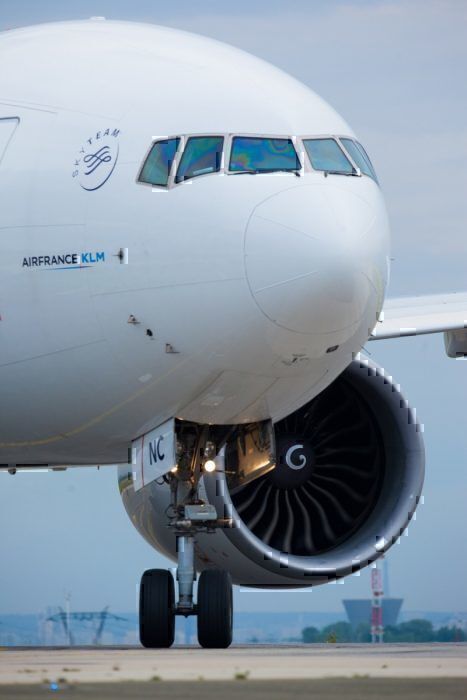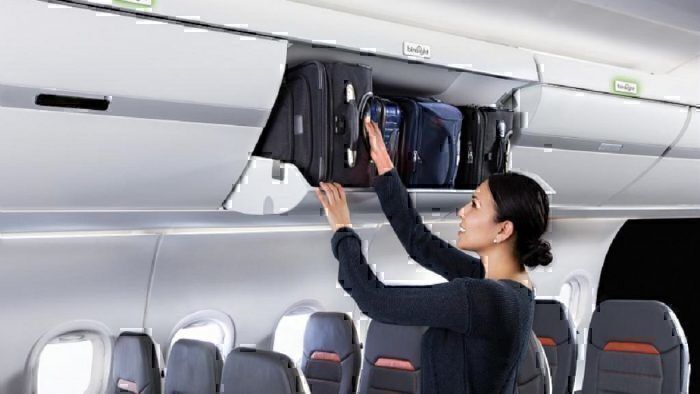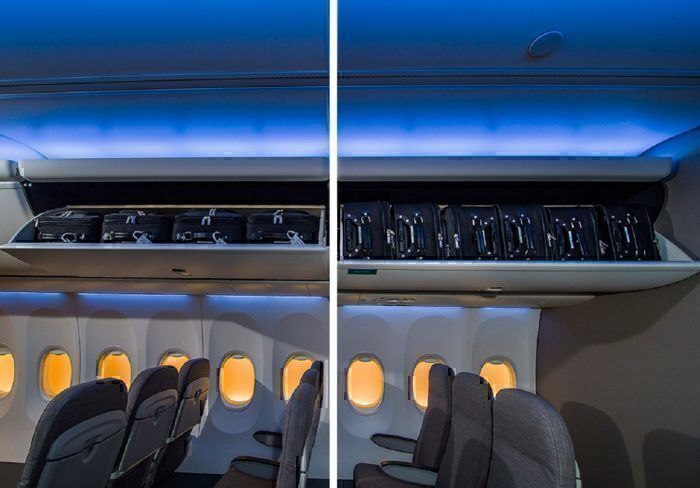Air France plans to retrofit innovative overhead bins to its 63-strong fleet of A320s and A321s. The carrier hopes the new compartments will be fitted by September 2022.
This week Air France promised to make changes to the configuration of some of its overhead bins. It hopes the new 'ECOS' system will go some way to soothing passengers' brows at check-in, and ease the cabin cramming now seen on most of its flights.
Air France will fit ECOS luggage compartments to all of its serving A320 and A321 jets. The move should benefit an increasing number of medium-haul passengers who choose not to check-in their luggage and instead stow it in the cabin.
The French flag carrier is the latest in a line of companies that are making minor re-configurations to cabins in order to improve customer service. However, the airline’s claim to be the first of them all to offer such a type of overhead bin is disputed by some analysts.
Time frame
According to Economy Class and Beyond, Air France will equip 40 A320s and 11 A321s with the new bins between September 2020 and September 2022. Of the move, Air France’s customer overseer Catherine Villar, said,
“They [the bins] will enable us to meet the high expectations of our customers wishing to travel with cabin bags only to save time during their trip.
"Boarding will be smoother and faster, both for them and for our crews. This represents a significant improvement in comfort and operational efficiency.”
We have contacted Air France for further comment but have not yet received a reply.
ECOS
The ECOS system is designed by Safran Cabin, a company commissioned to produce aircraft cabin equipment and fittings. In addition to luggage bins, Safran builds aircraft galleys, toilets and partition walls.
Safran Cabin’s Efficient Cabin Open Space is regarded among industry observers as somewhat of an innovation in terms of its ‘on edge’ stowage. Vertical loading brings 60% more capacity than the horizontal loading of a conventional compartment.
The configuration also includes a new ceiling and cove panels. These bring the shelf lower for better loading and visibility. As an added advantage, the system’s easy-to-reach doors do not get in the way of the cabin aisle.
To top it all off, a light above the compartment glows green when there is space within.
Safran states that in trials of a fully-loaded A320, ECOS allowed 100% of hand luggage to be stowed near or over the seats of the owners of the luggage.
According to Air France's press release, the ECOS system aboard the A320 allows the stowage of 166 bags compared to 104 of a conventional system. Aboard the A321 192 bags are stowed using ECOS compared to 113 using the traditional overhead locker format.
The benefits arising in-cabin from the new system are, admittedly, various. Crew workload is reduced, passengers complain less and the general melee of boarding and disembarkation will be ease. But so too will the system impact more favorably on airline logistics. For instance, boarding times could feasibly be reduced, thus allowing greater operational efficiency.
Trailblazer or follower of fashion?
Industry analysts dispute Air France’s claim that it is the "first" carrier to offer such an innovative compartment. Writes Traveling for Miles, in 2015 Boeing unveiled its new ‘Space Bin’ fitted onboard an Alaska Airlines B737.
The Space Bin is a deeper version of Boeing’s Sky Interior Pivot Bin. Due to its being deeper, bags can be loaded vertically just as they are to the ECOS system. Six bags rather than four can be stowed in this way.
Semantics aside, the ECOS is undeniably a new design introduced amid mounting pressure to increase carry-on allowances. And at the very least ECOS has the edge in smart technology with the inclusion of the “availability” light on the front of the compartment.
Whether a marketing ploy – the "first-ever of its kind" – or a deliberate swipe at the competition, Airbus’s new interior design will greatly benefit short and medium-haul customers. Those are the cohorts veering ever more frantically away from the idea of paying extra for hold space.




